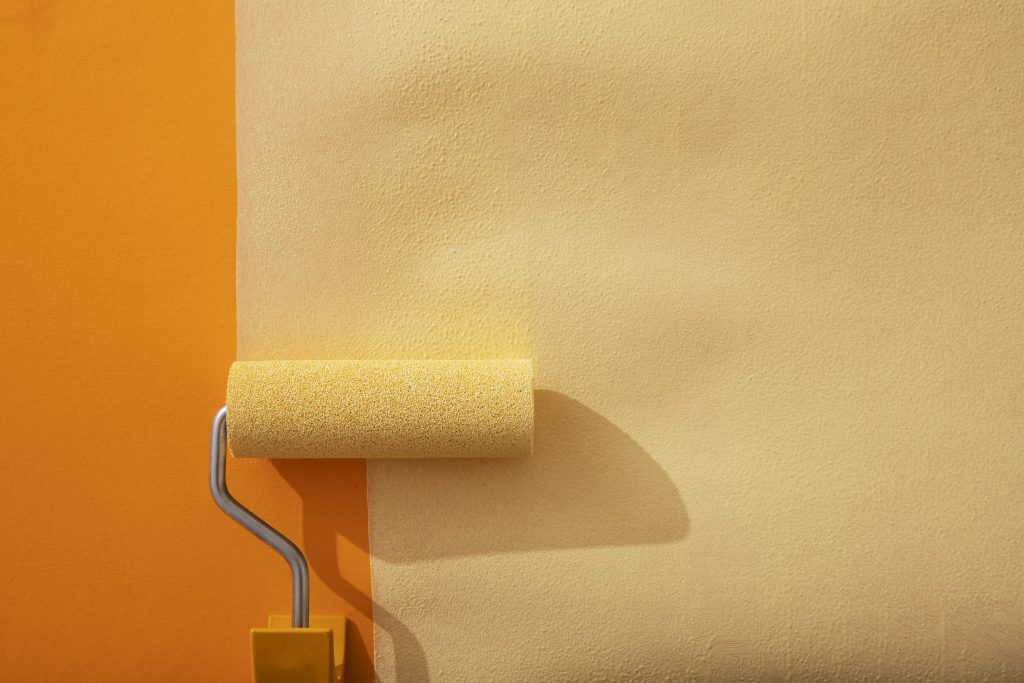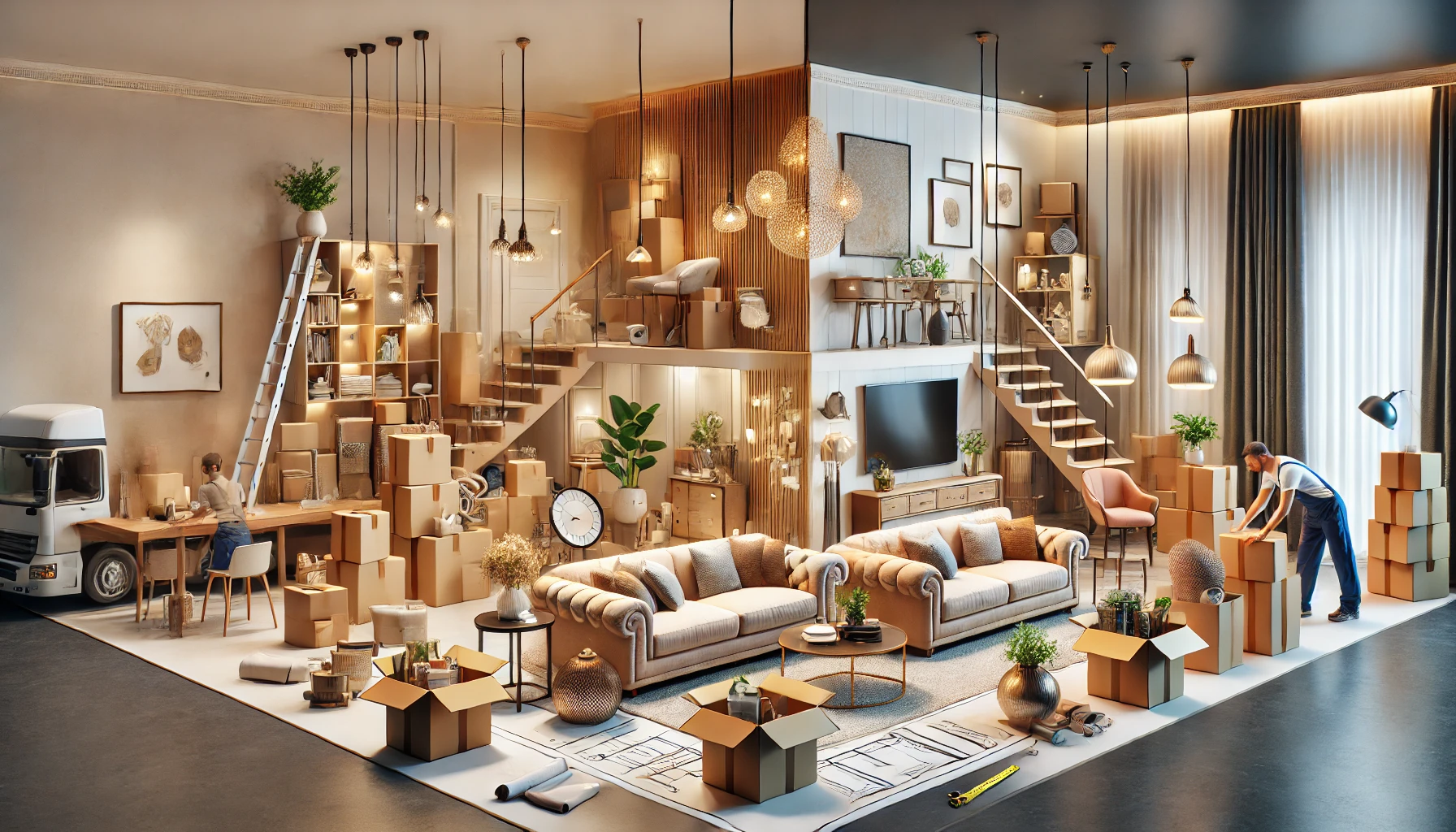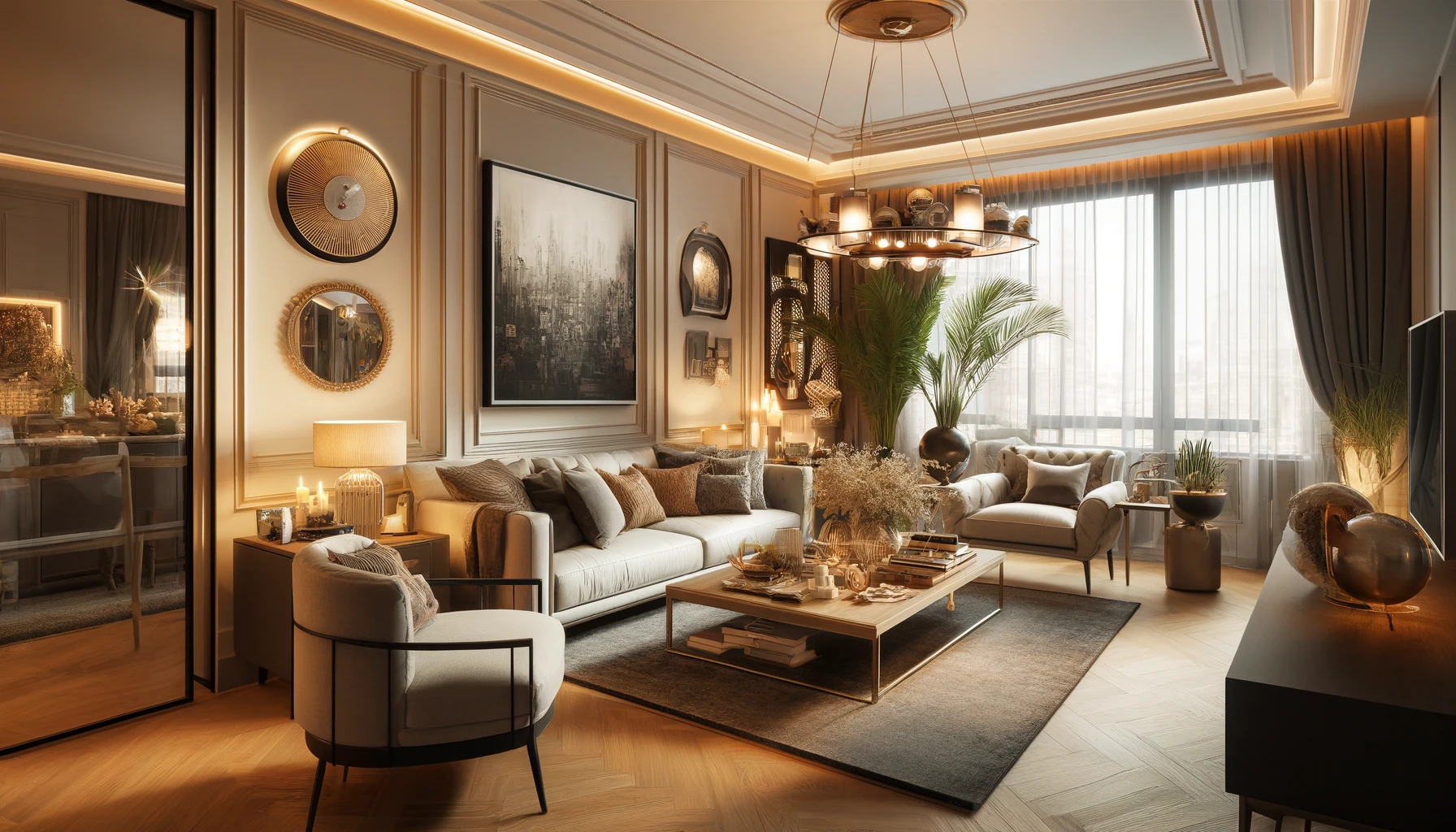The Secret of Wall Paint in Interior Decor, Wall paint is an essential element in enhancing the aesthetics of a home and rejuvenating its look. It’s considered the secret of home wall painting, one of the most significant factors that play a significant role in improving the overall appearance of a home and adding a personal touch to the space. It’s a carefully executed process to achieve desired results, often requiring some knowledge and understanding of different types of paints and various application techniques.
Renovating the walls of a home through painting is not just about enhancing the place’s beauty but can also have a positive impact on the mood and energy within the home. In this article, we will explore how selecting the right colors can contribute to creating a specific atmosphere in each room. Earthy tones can enhance warmth and relaxation, while vibrant colors can add a touch of vitality and activity.
Differences in Types of Paints
The type of paint is a key factor that affects the appearance and performance of walls in a home. There are several different types of paints, each with its own characteristics and uses. Here are some main differences between types of paints:
- Latex Paint (Water-Based):
- Common choice for home walls.
- Easy to apply and clean with water.
- Dries quickly with a pleasant odor.
- Suitable for both interior and exterior walls, available in a wide range of colors.
- Requires multiple coats for good coverage.
- Acrylic Paint:
- Similar to latex but contains acrylic components for added durability.
- Resistant to wear and stains, easy to clean.
- Suitable for both interior and exterior walls, including areas exposed to weather.
- Oil-Based Paint (Alkyd):
- Contains natural or synthetic oils and may require longer drying times.
- Provides a glossy, durable, and stain-resistant finish.
- Often used for interior walls and wood surfaces.
- Porcelain Paint:
- Special paint used for exterior walls.
- Waterproof and resistant to harsh weather conditions.
- Provides a semi-gloss appearance.
- Plaster Paint:
- Used to cover interior walls and add patterns and decorations.
- Easily polished and decorated.
- Provides a matte finish.
- Chalkboard Paint:
- Used to create fun surfaces for writing or drawing with chalk.
- Suitable for interior areas like children’s rooms and kitchens.
- Fluorescent Wall Paint:
- Used to create luminous effects in the dark.
- Suitable for special decorations and artistic projects.
Remember that choosing the right type of paint depends on your specific usage and the conditions surrounding the walls you want to paint. Always follow the manufacturer’s instructions for the best results, and consider the color and desired effect when selecting the paint type.

Choosing Paint Colors by Room
Selecting paint colors according to the room can be important for achieving the right atmosphere and desired appearance in your home. Here are some guidelines on how to choose suitable paint colors for each room type:
Living Room:
- Warm colors like beige, olive green, and earthy tones can create a cozy and comfortable atmosphere.
- Neutral colors like white, gray, and beige can provide a versatile base that allows for easy decor changes.
Bedroom:
- Soft and calming colors such as light blue, light green, and pastel pink can promote relaxation.
- Bright colors like yellow or red can be used as accents to add warmth and vitality.
Children’s Room:
- Vibrant and bright colors like sky blue, red, and yellow can stimulate creativity and activity.
- Combining neutral colors with bright accents can maintain a balanced visual appeal.
Kitchen:
- Bright and energetic colors such as white, yellow, and green can enhance energy and activity in the kitchen.
- Dark colors that make the space appear smaller should be avoided.
Bathroom:
- Light colors like light blue, light green, and white can convey cleanliness and freshness.
- Dark colors can be used for a touch of luxury and elegance in larger bathrooms.
Home Office or Study:
- Soothing and neutral colors like gray and white can enhance focus and productivity.
- Adding pops of color can provide visual interest and stimulate creativity.
Always consider natural and artificial lighting in the room, the colors of existing furniture and decor, and your personal taste when choosing paint colors. You can also use small paint samples to test colors on the walls before making a final decision.
In Conclusion
The secret of wall paint in the world of interior decor lies in attention to detail and careful selection of colors and materials. That thin layer of color on the walls is not just a cosmetic process but a means to express your personality and add a unique and aesthetic touch to your home.
Whether you want to add warmth to your living room or create a calm and cozy bedroom, choosing the right colors can make a significant difference. Don’t hesitate to use the ideas and tips provided in this article to achieve fantastic results.
In the end, remember that wall painting is not just a simple decorative process but a way to create a space that reflects your personality, meets your needs, and makes you feel comfortable in your home. Enjoy transforming your home’s walls into an expressive artistic story that represents you.



